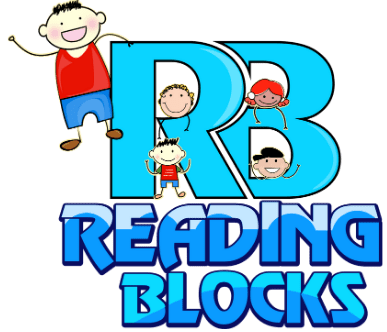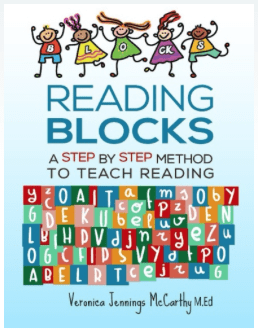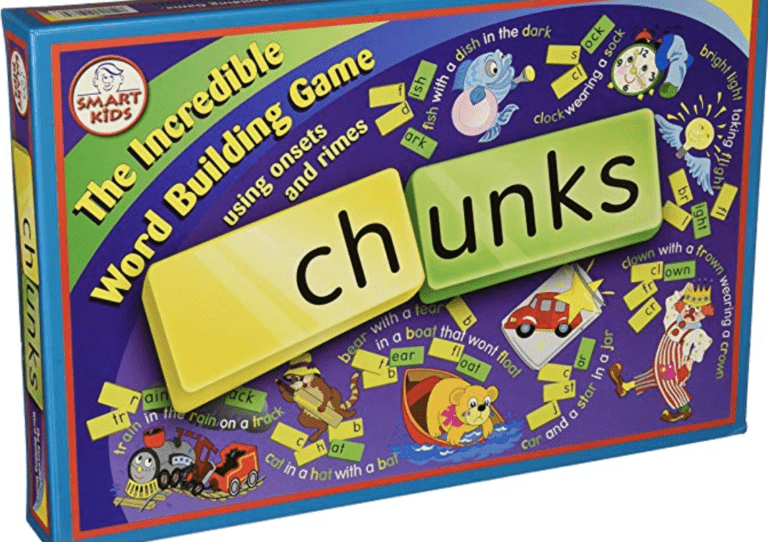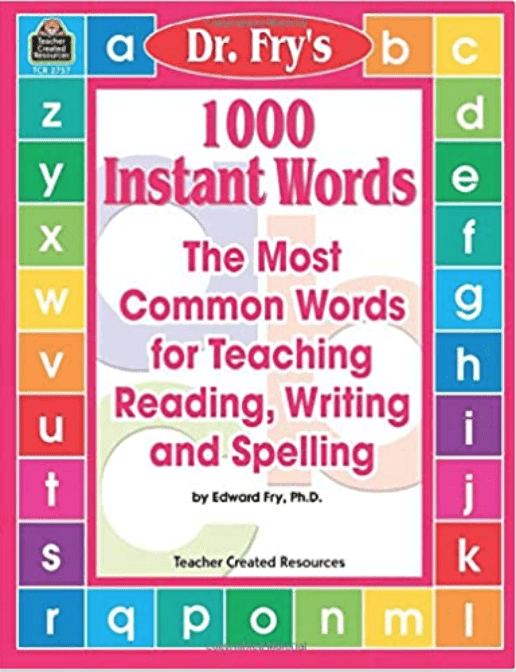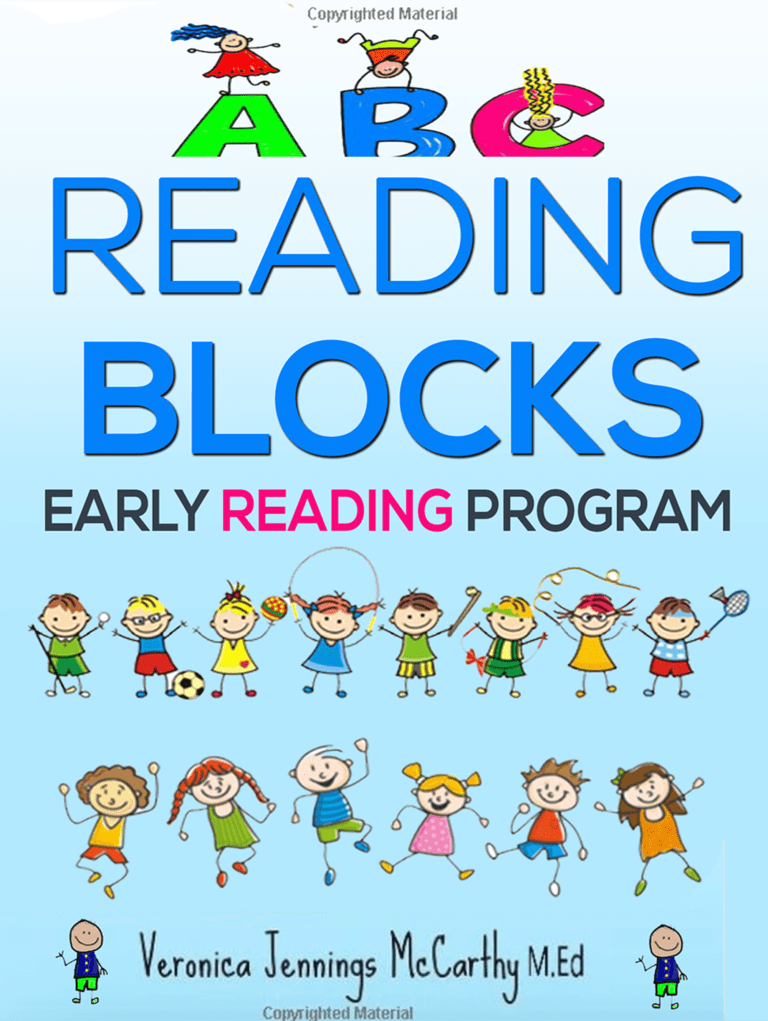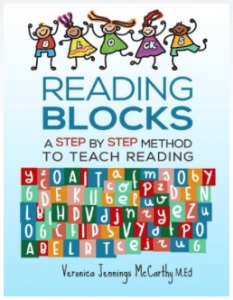 Reading Blocks: A Step By Step Method to Teach Reading is a phonics based, multisensory, step by step method that YOU can use to teach anyone how to read.
Reading Blocks: A Step By Step Method to Teach Reading is a phonics based, multisensory, step by step method that YOU can use to teach anyone how to read.
Unique Components of the Reading Blocks Phonics Reading Program:
- A complete systematic, multisensory, phonics based reading program, which can be customized for any age learner and any learning difference.
- An original “Wall of Knowledge” scope and sequence which allows the instructor and learner to “see”, and understand exactly where they are on the path of learning to read, as well as exactly where they need to go.
- Exclusive activities and reading material for each reading block that is perfectly matched to the skills being learned at that level. This takes the guess work out of finding appropriate material to use for practicing skills.
- An easy to follow format which does not require months of training and a huge financial commitment.
- A unique reading method that can be used by Teachers, Parents, Tutors and Reading Specialists alike; no training or background is necessary.
- A multisensory learning method that is based on Orton-Gillingham methodology.
- An easy to use assessment which is crucial for designing an effective, customizable, reading plan for each unique learner.
- The ability to begin the program at a level appropriate to each learners’ needs, based on the assessment. This component saves time and minimizes boredom.
Lessons in Each Reading Block
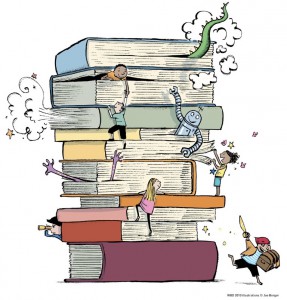
The Reading Blocks program breaks the learning to read process into 32 blocks, or chunks of knowledge. Think of each block as like a chapter. Each chapter contributes to the whole process of learning to read. Each block contains six separate sections which are:
- Review – review previously learned material.
- Introduce New – introduce new material and practice together.
- Activity – reader independently practices new material.
- ReGroup – discuss and review new material after independent practice.
- Writing – practice independent writing using new material.
- Reading – practice independent reading using new material.
All Materials Included
Each individual Reading Block contains all the materials needed to complete the block, including mini books and activities. The included mini books use controlled vocabulary to provide practice with the new skills covered in the current block as well as skills covered in previous blocks. Additional optional Decodable Readers are also recommended for each Block.
Each new block builds upon the previously learned block/blocks and becomes progressively more challenging. The reader can take as long as he needs to master the material in one block before moving on to the next block. Mastery of all 32 blocks will give an individual the knowledge base in reading necessary to become a confident and fluent reader.
Origin of Reading Blocks
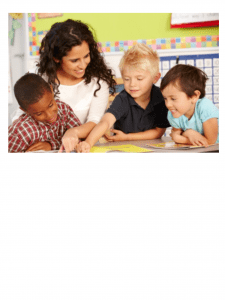
I developed the Reading Blocks method while working as a Reading Specialist with a client load of over eighty learners per week. The program I used had to be efficient in order to effectively work with this number of readers within the time constraints of a traditional school setting.
After hundreds of hours of research, and a lot of trial and error, I developed a method that finally worked. This is the book I was always looking for but could never find when I was searching for the best way to teach struggling learners how to read.
On Sale Now!
This reading program can be used effectively with individuals who have: Autism, Dyslexia, Central Auditory Processing Disorder, ADD, ADHD, Downs Syndrome, and other learning challenges. The Reading Blocks method combines literacy research and brain research with common, inexpensive office supplies, and explicit instructions to form a unique and powerful reading program. Reading Blocks was developed to cover all the phonics skills necessary to becoming a good reader, in an incremental multi-sensory format. The content naturally must be geared towards a younger audience but the older non-readers were always kept in mind when developing the text.
Great For Ages 4 and Older – This program can be used in Kindergarten to Grade 3 when learning to read and in higher grades when there are gaps in a person’s reading skills. Reading Blocks can also be used with adults struggling to read even though the content is for younger ages.
Fry Sight Word List – Each block only contains skills which were taught and practiced in a previous Block. Sight words do not always follow phonics rules but are necessary for fluent reading, so they are included in each block. The sight words were chosen according to the skills being taught in that Block as well as frequency of use.
Controlled Text – As a Reading Specialist, it was always frustrating using a reading program that included so many words that were too advanced for the level of the reader and never strategically taught. The reader would become frustrated and self-esteem would plummet. This program uses very controlled text and every skill is taught first and then reviewed periodically throughout the program. This ensures a high level of success for the reader.
Reading Blocks is a powerful resource that is easy enough for anyone to use for teaching anyone how to read.
This reading program can be used effectively with individuals who have: Autism, Dyslexia, Central Auditory Processing Disorder, ADD, ADHD, Downs Syndrome, and other learning challenges.
The Reading Blocks method combines literacy research and brain research with common, inexpensive office supplies, and explicit instructions to form a unique and powerful reading program.
The “Instructor” can be a teacher, a parent, or a tutor. No Experience Necessary!
